Film Photography 101: The Different Types Of Film, & How To Choose The Right One For You
5 Lessons To Succeed As A Film Photographer
Welcome to Lesson #2 of Film Photography 101, my 5 part series where I will share some (hopefully) useful tips to help accelerate your growth as a film photographer. Today, I’m doing a breakdown on how to choose the right film for your camera. Hint: you should start with one that fits on your camera. Scroll down to learn more!
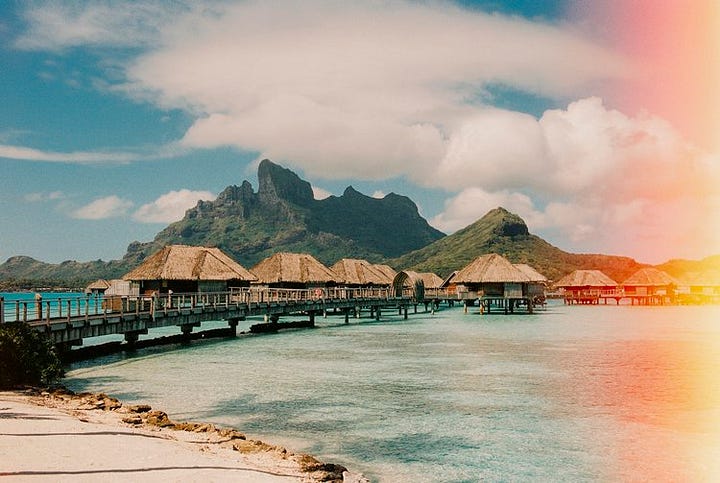
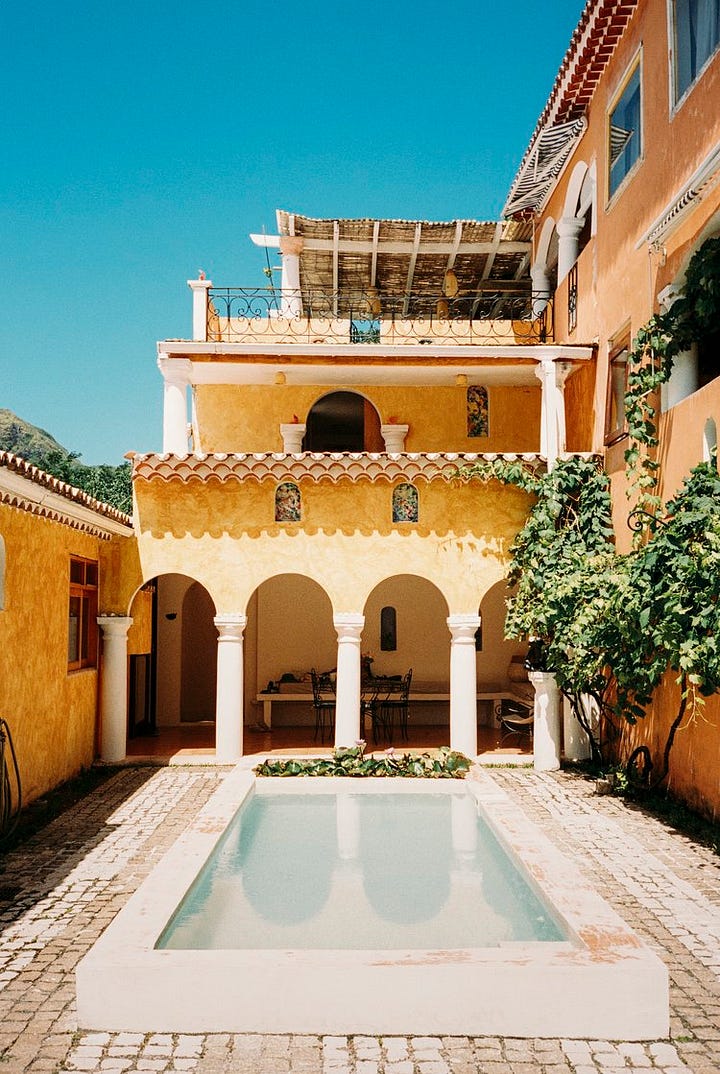

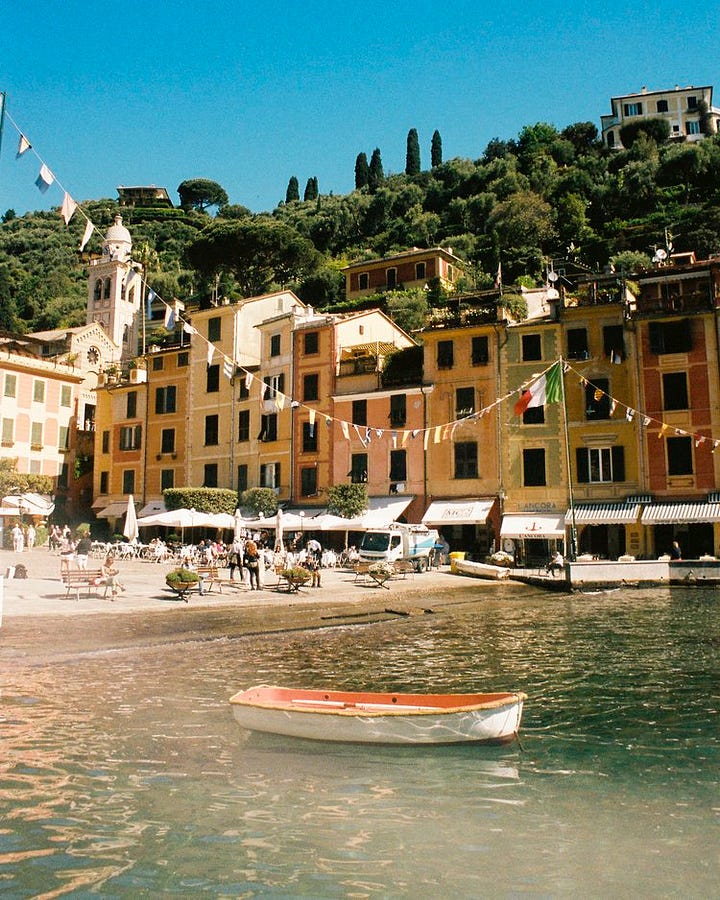
Film comes in several sizes, or formats, which translate to the physical size of the film that fits in a camera. The larger the film negative, the better the resolution of your final image. For smaller formats, like 35 mm, the film grain will be more noticeable on the printed image. So, sure, bigger is better if what you’re wanting is ultra high resolution, but for most of us muggles, we just want to take nice pictures. Even for my brand work, I rarely shoot anything above 35mm (but I do shoot 120, also called medium format, for personal work), as it is very expensive.
What Are The Film Sizes?
35mm
The go-to for beginners and pros alike. It’s affordable, easy to find, simple to load, and works with a huge range of cameras. If you’re just starting out, start here. I still shoot 35mm for most of my brand work.
120 (Medium Format)
Much bigger negatives = more detail, but also more $$$. Fewer shots per roll (8–16), higher development costs, and not ideal for learning. Still, I love 120 for personal work. And FYI: it’s “120,” not “120mm.” Trust me, the film nerds will correct you.
Large Format (4x5, 8x10, etc.)
These are huge negatives that deliver insane detail, mostly used for fine art or studio work. It’s not for the casual shooter - shooting large format photography requires specialty gear, patience, and a lot of cash. Fun fact: some large format negatives have been made over 13 feet tall.
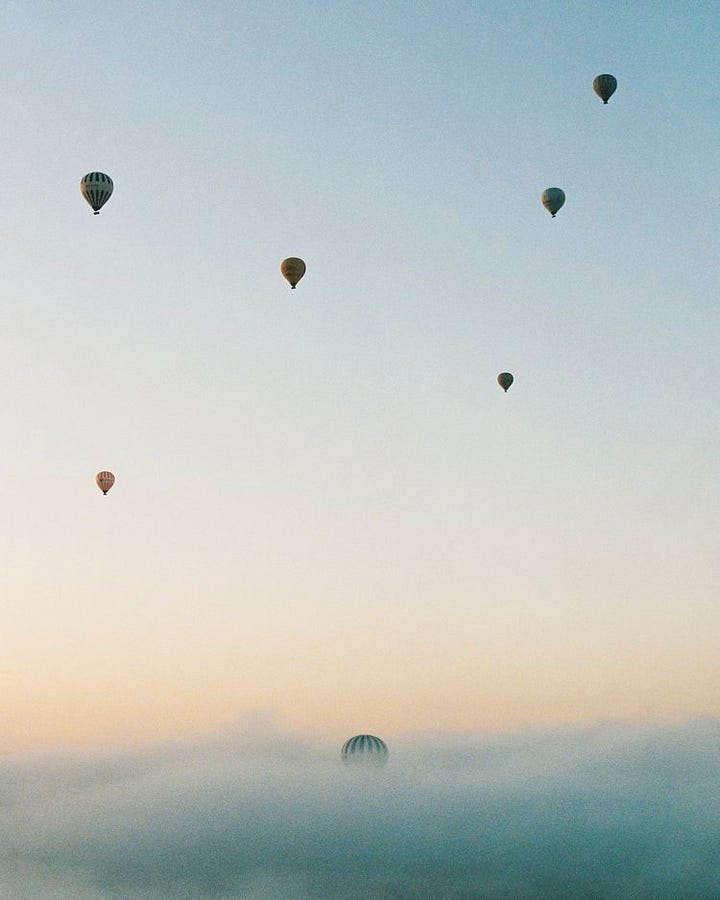
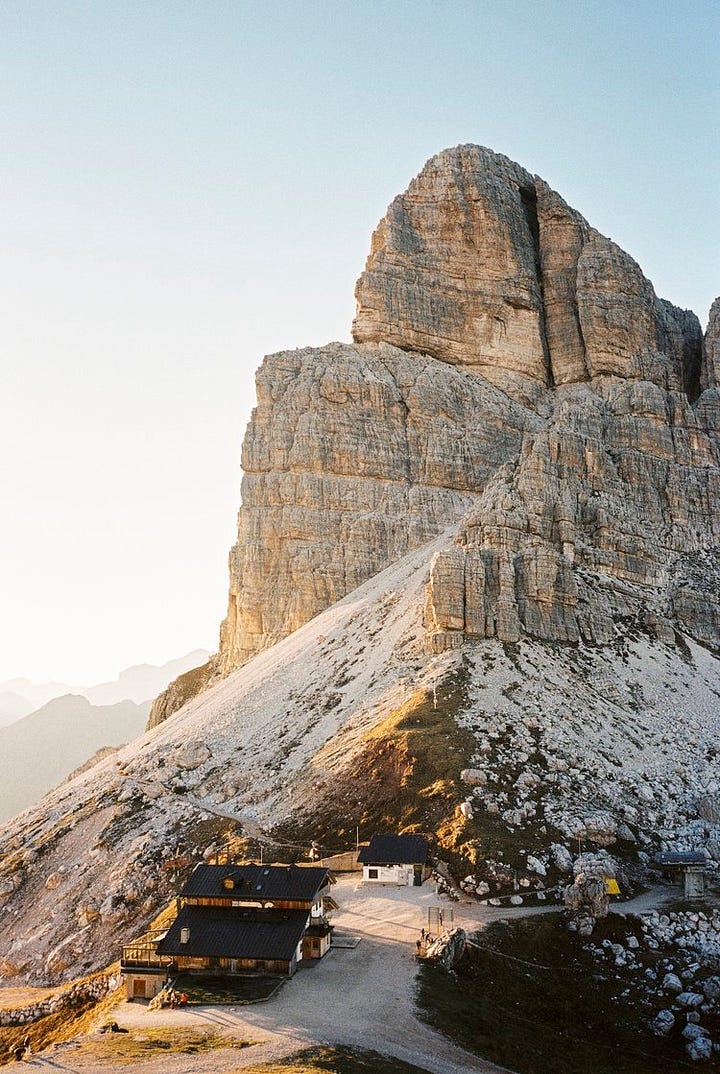
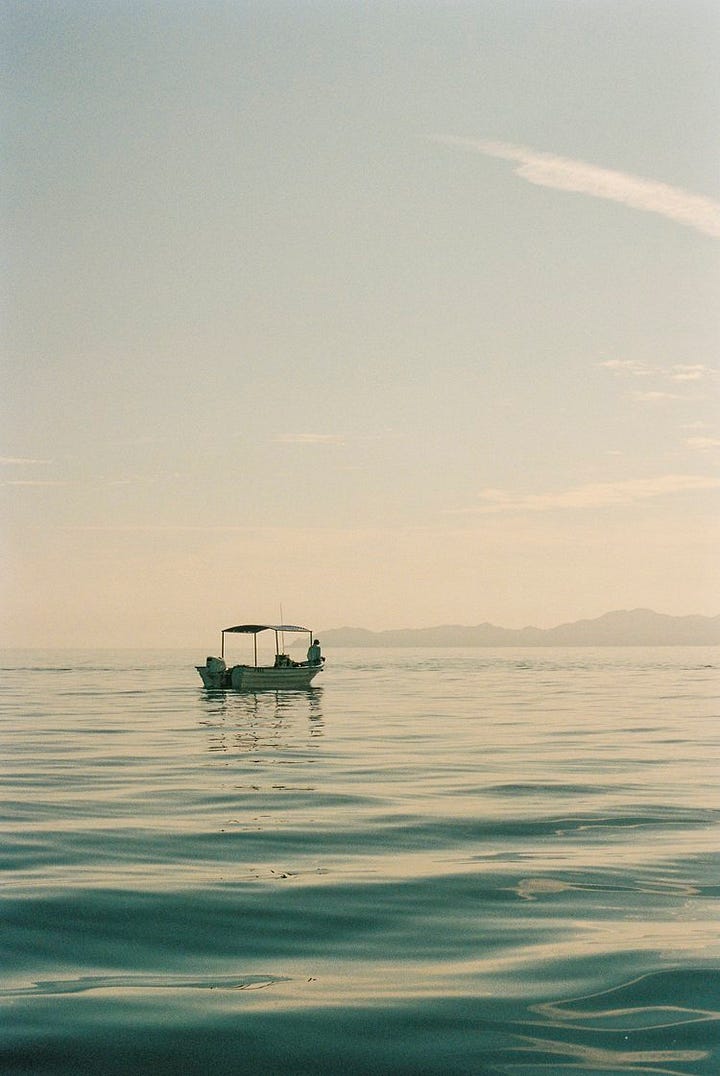

What Are The Different Film Types?
Color Negative (C-41)
C-41 is the most common film type and the one I recommend that you start with. C-41 is easy to find and is processed at most photo labs. It produces negatives that are scanned or printed into colour photos. Good colour negative film has very good exposure latitude (by this I mean the tolerance for getting your exposure correct). It’s a great place to start.
Black & White
Ansel Adams fans will know all about black & white, a film type with a cult following due to its timeless, classic aesthetic. Beloved for its timeless, emotive look, B&W is great for focusing on composition and contrast. If you’re someone that would like to move into home developing and printing your own work, black and white is the most viable path to this.
Slide Film (E-6)
Also called reversal or transparency film. When viewed against a light or projected onto a screen, a vivid, high-contrast positive image is displayed—otherwise known as a "positive". Once the gold standard in publishing, it is still produced today but in limited quantities. At the same time, it's becoming increasingly expensive while only a handful of labs are equipped to process it. E-6 film produces stunning colors, but offer a razor-thin exposure margin. When you nail it, it’s magic. But it’s pricey, rare, and not very forgiving.
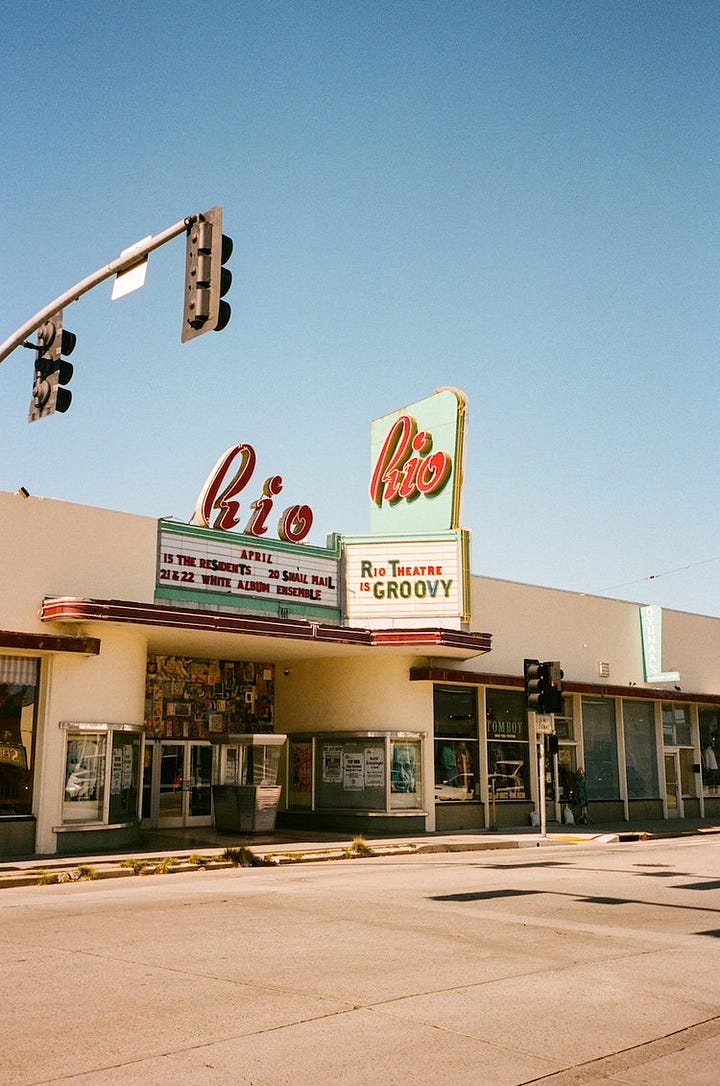

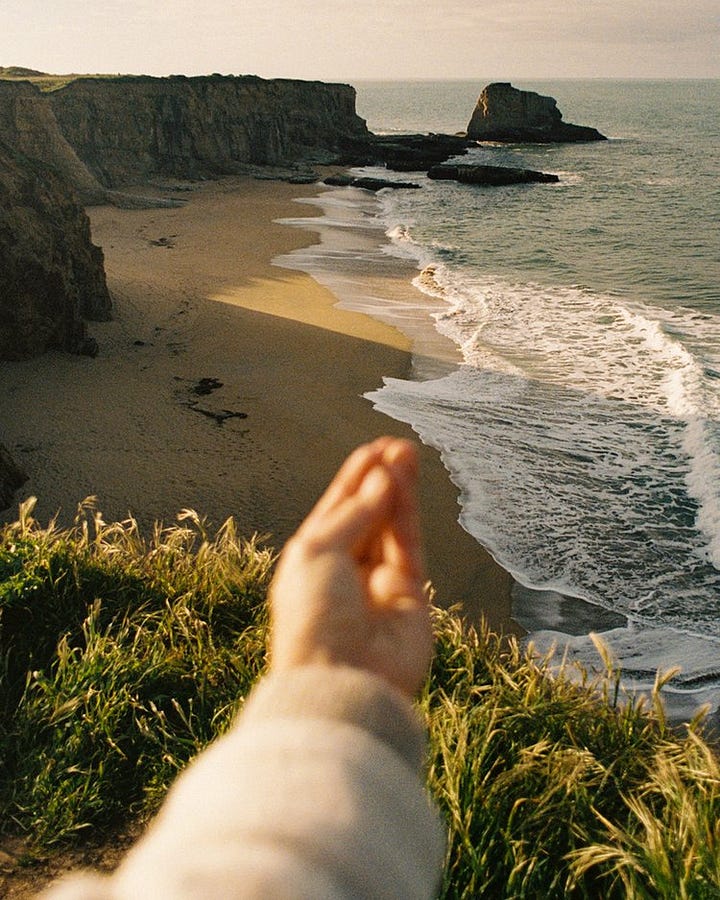

Buying the right film
When buying film, the first thing to check is that you’re buying the right format. If you buy 120, it won't fit into your 35mm camera. To check the format, you just need to read the packaging, it'll be written on there somewhere. When choosing your film, there are basically two variables that you need to consider: Firstly, what style do you want; and secondly, what price are you willing to pay? To make things easy, here's a breakdown of my tried and tested film stocks.
Kodak Portra 400 - Many film shooters (myself included) will tell you that Portra 400 is their favorite film stock. I think it's the best film stock in the world (don’t come at me in the comments). The level of detail simultaneously preserved in the highlights and shadows is unparalleled, and it also boasts the world’s finest grain.
Ilford HP5 Plus 400 — This is known as one of the best black and white film stocks out there, period. HP5 Plus 400 is priced very well compared to other films on the market. Its signature low-contrast look means it has gained a reputation as one of the best black and white films for portraits. This is an excellent choice for both landscapes and portraits at a professional standard, too.
CineStill 800T — This film produces photos that look straight out of a movie set. Designed for tough, low-light situations, 800T is balanced for tungsten light (bulb-lit interiors, neon, that kind of thing). If you’re out shooting late night neon motel signs, this is what you want in your camera.
So, if whether you still need to buy your first camera, or you’re looking to experiment with a different film, I hope this breakdown was helpful for you. It’s a tiny excerpt from something I’ve been working on for a few months now. In a few weeks, I’ll be release my baby - The Ultimate Beginner’s Guide to Film Photography. It has been designed with the beginner film photographer in mind, as well as for established digital photographers who want to learn the foundations of film. Subscribers will get early access to my guide, and in the meantime, I hope that you enjoyed this newsletter. More photos from Africa soon to drop on my Instagram.
Thanks for being here!
C




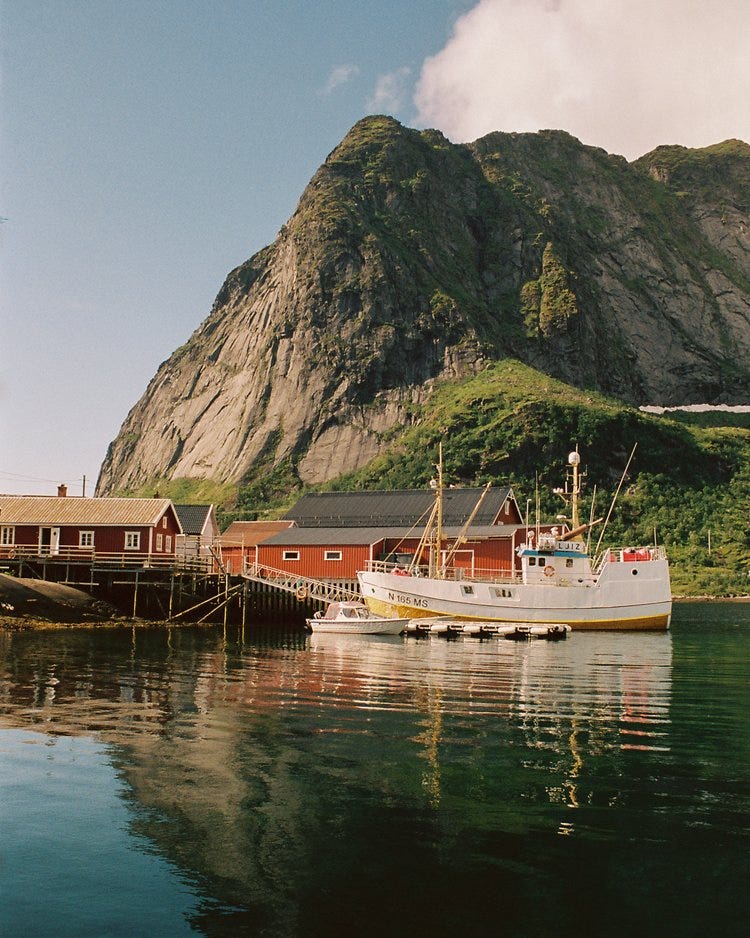
this was a good read I did not know that about slide film I need to buy some
Hey, if Portra 400 is your go to, that’s a pretty good argument in itself. Your work is always so good!